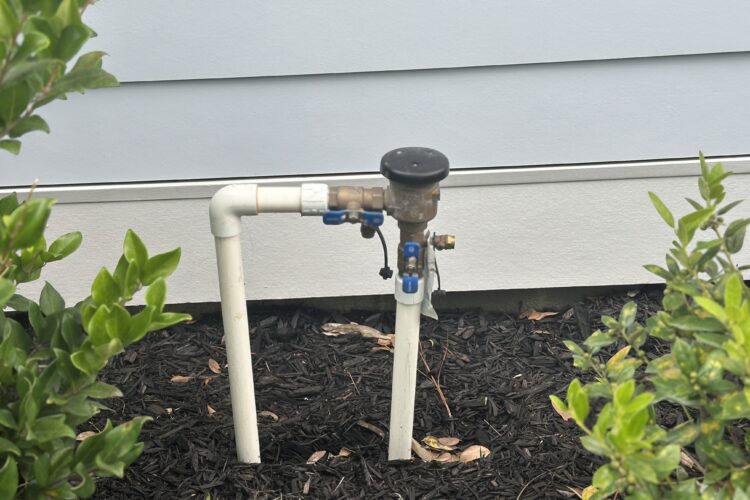
Why Backflow Preventer Assembly Testing Matters for Your Residential Sprinkler System
When it comes to maintaining your lawn, a reliable irrigation system is essential—but so is protecting the water you and your neighbors drink. That’s where backflow preventers come into play.
Backflow occurs when water flows in the opposite direction than intended, potentially drawing contaminants into the public water supply. To prevent this, most residential sprinkler systems must include a backflow prevention device.
What Does the Law Say?
Under current regulations, all public water systems must have a cross-connection control policy for low hazard residential irrigation systems. These systems are considered low hazard when there are no added chemicals or alternative water sources connected.
The minimum acceptable device in these cases is a residential dual check valve, though a water provider may require a more advanced, testable assembly like a double check valve assembly (DCVA)—as long as the policy is officially adopted and the public has had a chance to weigh in.
Testing and Maintenance Requirements
If your irrigation system uses a testable backflow prevention assembly, such as a DCVA, the water provider’s policy must include a testing schedule. These tests help ensure the device is still functioning as intended and protecting your drinking water. Records of these tests must be kept.
If a residential dual check valve is used instead, the policy must establish a schedule for routine replacement, since these devices are not testable. Again, proper records are required.
What About High Hazard Systems?
If your sprinkler system injects fertilizers or is tied into another water source (like a well), it’s considered high hazard and subject to more stringent rules to protect the water supply.
What You Should Do
1. Check with your local water provider to see what kind of backflow preventer your system uses and what their maintenance requirements are.
2. Contact ST3 Consulting and schedule regular testing or replacement based on that guidance.
3. Keep documentation of any testing or replacements done to stay compliant.
Protecting your lawn is great—but protecting your community’s water is essential. Make sure your backflow preventer is up to code and functioning properly.



